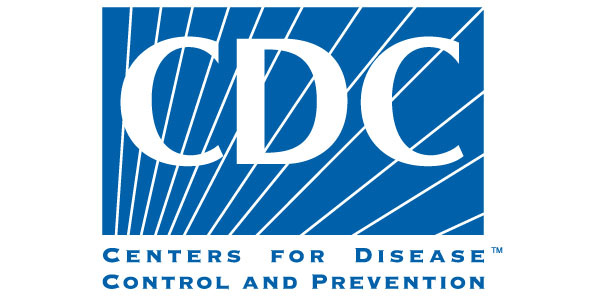The Centers for Disease Control and Prevention (CDC) updated the list of underlying medical conditions that put adults of any age at higher risk for severe COVID-19 based on the latest scientific evidence. The conditions are grouped by the level of evidence and will be updated as the science evolves.
As the list is not exhaustive, the CDC guidance states, “The list should not be used to exclude people with underlying conditions from recommended preventive measures such as booster doses of vaccines or needed therapies.”
Summary of Recent Changes: Oct. 14, 2021
Updates to the list of underlying medical conditions that put adults of any age at higher risk for severe illness from the virus that causes COVID-19 were based on evidence from published reports, scientific articles in press, unreviewed pre-prints, and internal data. Updates to the following conditions were completed based on evidence from the date range below:
Chronic lung disease (including bronchiectasis, bronchopulmonary dysplasia, interstitial lung disease, pulmonary hypertension, pulmonary embolism, tuberculosis) and chronic liver disease (including cirrhosis, non-alcoholic fatty liver disease, alcoholic liver disease, and autoimmune hepatitis) were added September 2021 based on evidence published between December 1, 2019 and August 31, 2021 using the updated review methods outlined below.
Mental health disorders (such as mood disorders including depression and schizophrenia spectrum disorders) were added September 2021 based on evidence published between December 1, 2019 and August 31, 2021.
No conditions were removed from the previous underlying medical conditions list.




